The most significant air pollutant in New Zealand are small airborne particles in our air (known as particulate matter). Particulate pollutants are of most concern in New Zealand because of their high concentrations in some of our towns. Exposure to high levels of airborne particle pollutants has the potential to cause respiratory and cardiovascular issues. View a factsheet on why air quality is important here.
PM10 and PM2.5 are the main contaminants of concern for Horizons with domestic heating the major source. This source contributes in excess of 80% to the winter fine particle concentrations (mean daily) in both Taihape and Taumarunui. Exposure to PM10 and PM2.5 can have short and long term health effects. We report on annual and daily PM concentrations each year.
PM monitoring history at towns in this region
What is this showing me?
| Towns | 10-year Trend | annual average (µg/m³) | Highest daily average (µg/m³) | 2nd highest daily average (µg/m³) | Number of exceedances |
|---|
What is this showing me?
| Towns | 10-year Trend | annual average (µg/m³) | Highest daily average (µg/m³) | 2nd highest daily average (µg/m³) | Number of exceedances |
|---|


